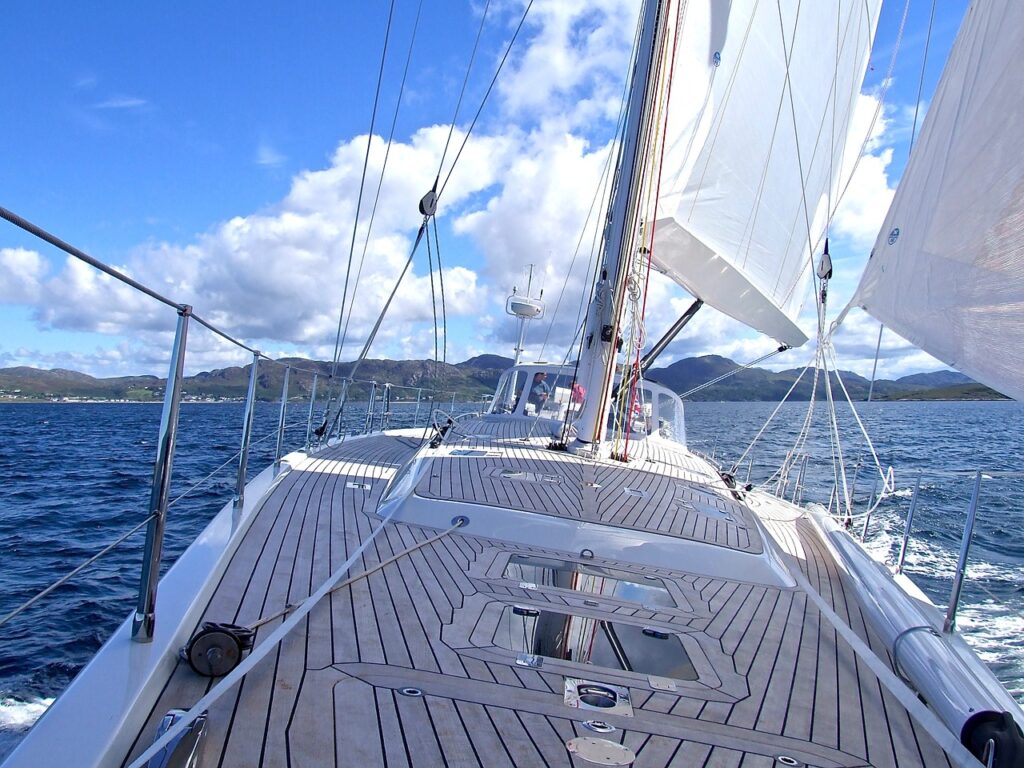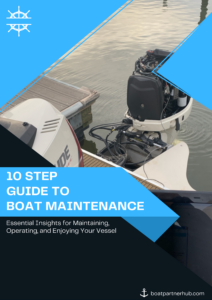Blog
Parts of a Boat: Understanding the Essential Components for Smooth Sailing

Exploring Boat Parts: A Comprehensive Guide to Components, Maintenance, and Safety
A boat is a marvel of engineering, designed to glide gracefully over the water and provide endless hours of enjoyment on the waves. To fully appreciate the functionality and safety of a boat, it’s crucial to understand its various parts and how they work together. In this comprehensive guide, we will explore the essential components of a boat, their roles, and the significance of proper maintenance.
1. Hull and Deck
Hull: The hull is the main body of the boat, forming its watertight structure. It is responsible for buoyancy and stability, and its shape determines how the boat interacts with the water.
Deck: The deck is the horizontal surface of the boat, providing the floor for passengers and storage compartments. It also supports various equipment and accessories.
2. Bow and Stern
Bow: The bow is the front of the boat, designed to slice through the water smoothly. It is often equipped with cleats, bow railings, and an anchor locker.
Stern: The stern is the rear part of the boat, where the engine is typically located. It also houses essential navigation lights and a swim platform.
3. Propulsion System
Engine: The engine is the heart of the boat, generating the power needed to move through the water. It can be an inboard, outboard, or stern-drive engine, each with its unique characteristics.
Propeller: The propeller is a rotating blade that pushes the boat forward by propelling water in the opposite direction. It is a critical component of the propulsion system.
4. Steering and Controls
Steering Wheel: The steering wheel allows the boat operator to control the direction of the vessel. It is connected to the boat’s rudder or outboard motor for steering.
Throttle and Shift Controls: These levers manage the boat’s speed and gear shifting. They regulate the engine’s RPM and engage forward, neutral, or reverse gear.
5. Electrical System
Battery: The boat’s battery supplies power to electrical components such as lights, radios, GPS, and other onboard electronics.
Circuit Breakers/Fuses: These safety devices protect the electrical system from overload and potential damage.
6. Safety Equipment
Life Jackets: Also known as personal flotation devices (PFDs), life jackets are essential safety gear for all passengers on board.
Fire Extinguisher: A fire extinguisher is a crucial tool to have on board in case of any fire emergencies.
7. Navigation and Communication
GPS: The Global Positioning System (GPS) is a navigation tool that provides real-time positioning, course, and speed information.
VHF Radio: VHF radios allow communication with other boats, harbors, and emergency services.
8. Bilge Pump
The bilge pump removes excess water from the interior of the boat, helping to keep it dry and afloat.
Maintenance and Care
Proper maintenance of all boat parts is essential for safety and performance. Regularly inspect and service the engine, propeller, electrical system, and safety equipment.
Conclusion
Understanding the various parts of a boat is fundamental to being a responsible and knowledgeable boat owner. Each component plays a vital role in the vessel’s operation, safety, and overall experience on the water. Regular maintenance and care ensure that all parts function optimally, allowing for smooth sailing and enjoyable boating adventures.
FAQs (Frequently Asked Questions)
Q1: How often should I check the boat’s hull for damage?
A: It’s recommended to inspect the hull for damage and signs of wear before and after every boating trip. This ensures that any issues are identified and addressed promptly, preventing further damage.
Q2: Can I install additional lights on the deck for nighttime boating?
A: Yes, you can install additional lights on the deck to enhance visibility during nighttime boating. However, make sure to comply with local regulations and ensure the lights do not interfere with other vessels’ navigation.
Q3: What type of fire extinguisher is suitable for my boat?
A: Select a marine-rated fire extinguisher that is suitable for extinguishing common boat fires involving flammable liquids and electrical equipment. Check the extinguisher’s label for the appropriate ratings.


